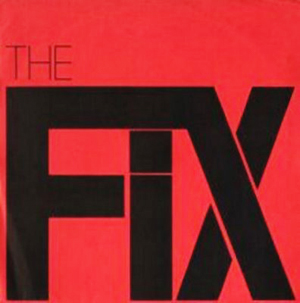 The New York Times Editorial Board
The New York Times Editorial Board
(Editor’s note: Opinion pieces are posted only for purposes of discussion.)EMAIL
In the credit bubble of the last decade, the housing market essentially became a tool of the financial system. To sate the banks’ demand for mortgage-related securities, many loans were made not on the basis of sound lending standards but on the unsound premise that house prices would rise forever — a practice that led to the bust and to the bailouts of Wall Street and of Fannie Mae and Freddie Mac, the federally backed mortgage companies.
A bipartisan bill that the Senate Banking Committee is expected to vote on soon seeks to rejuvenate the housing finance market while guarding against the excesses of the past. Named the Housing Finance Reform and Taxpayer Protection Act of 2014, it aims to ensure broad and steady access to sustainable and affordable mortgages, in part by providing an explicit government guarantee to attract investment in 30-year fixed-rate mortgages and other loans. It also seeks to protect taxpayers from future bailouts partly by requiring those who package and sell mortgage loans to hold capital to absorb losses.











